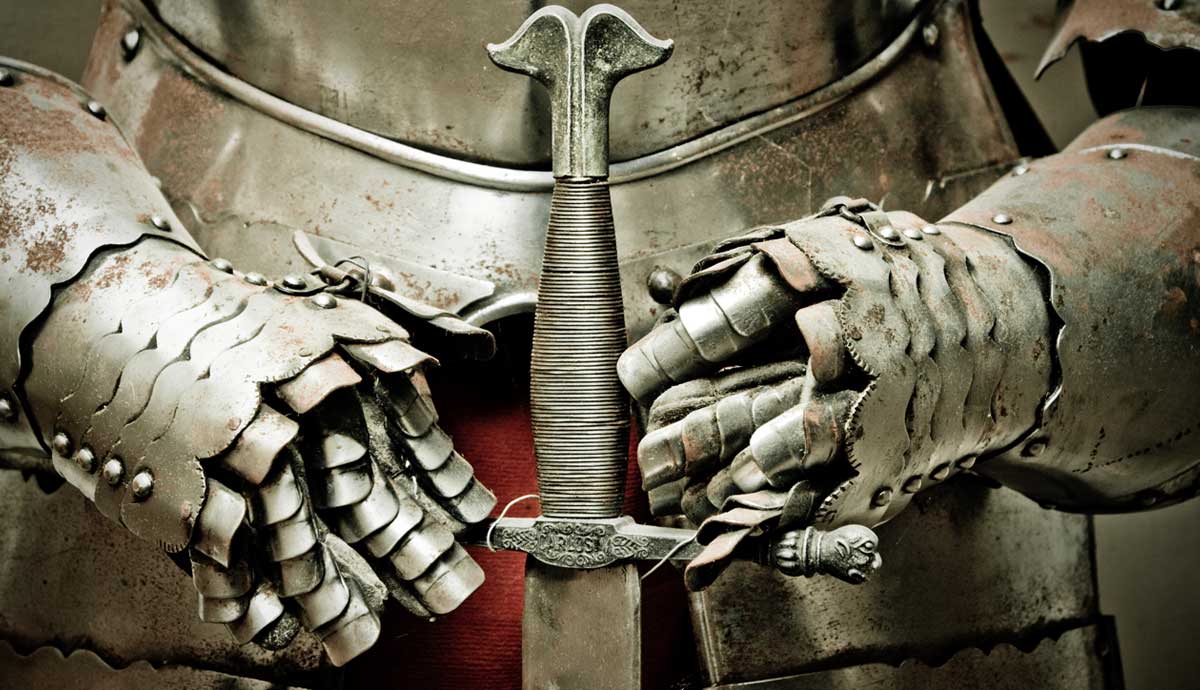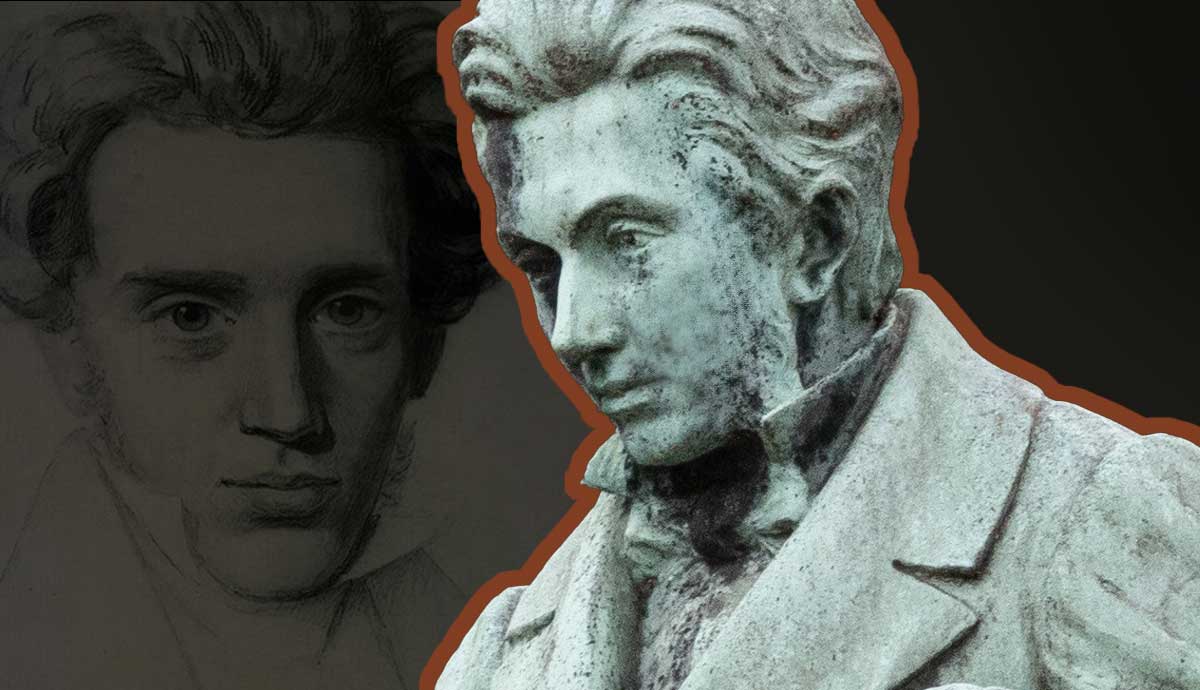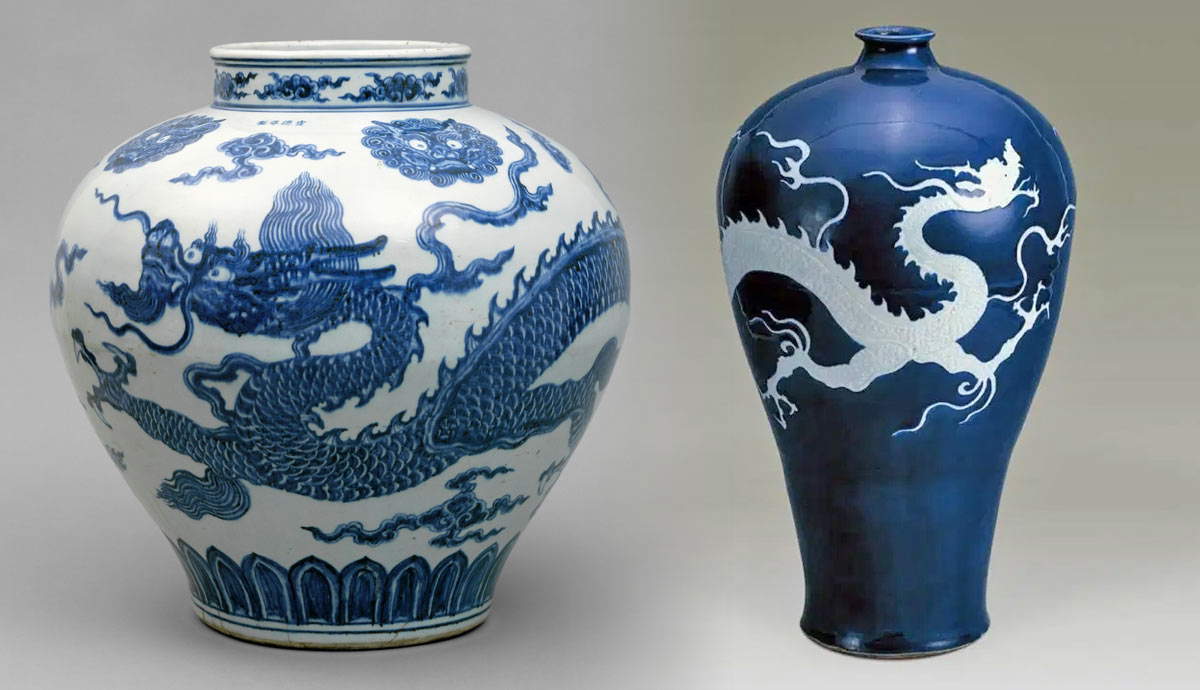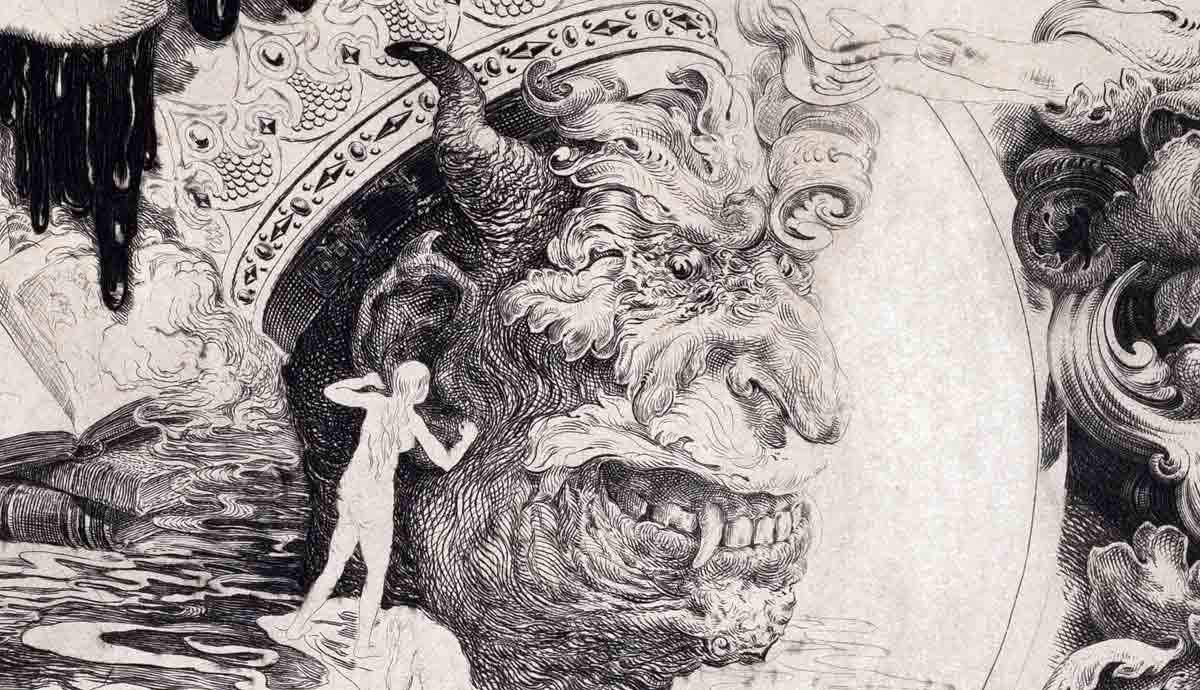
During World War II, 1942 was a pivotal year, marking the year the Allied Powers became official. The US and the Soviet Union, attacked by an Axis power, joined Britain and became the dominant Allied signers. While other countries, such as France and Norway, joined the Allied war efforts, the “Big Three” (the UK, the US, and the Soviet Union) were the ones that determined the strategy.
Great Britain: The One That Never Wavered

Great Britain, alone among the Allied Powers, never hesitated during the war despite numerous defeats. After the beginning of WWII in 1939, the British Empire stood alone for nearly two years against Adolf Hitler’s Third Reich.
“ We shall prove ourselves once again able to defend our Island home, to ride out the storm of war, and to outlive the menace of tyranny, if necessary for years, if necessary alone,” famously declared Churchill on June 4, 1940. From August to October 1940, British soldiers and civilians endured the German Luftwaffe’s systematic bombings, fending off a possible invasion and allowing the extension of the war.
In January 1942, Great Britain, the US, and the Soviet Union became Allies under the United Nations Declaration. Led by the fiery, stubborn Prime Minister Winston Churchill, Britain and America fought the Axis (Nazi Germany, Imperial Japan, and Nazi Germany) successfully in North Africa, Italy, and later advanced into Nazi Germany.

Britain offered much to the Allies, including a smaller but very experienced military, a large navy, and the Commonwealth’s natural resources. Britain’s Empire provided many locations that were used as bases for long-term campaigns.
Britain, for example, became an island base for the D-Day invasions of France on June 6, 1944. By opening a second front, the Allies squeezed Germany from two directions, which caused a faster collapse and unconditional surrender in May 1945.
Being one of the major powers, Great Britain also participated in the Manhattan Project, helping to develop the atomic bomb. The British provided expertise, manpower, and technology, and, after the war, received the bomb itself. Being a Project participant furthered Britain’s status as a world power.
The Soviet Union’s Role as an Allied Power

The Soviet Union’s violent entry into World War II resulted from Germany’s Operation Barbarossa in June 1941. The invasion happened despite the 1939 Molotov-Von Ribbentrop Pact, a nonaggression agreement signed between the Soviets and Nazi Garmany just before the start of the war.
Within six months of the invasion, Germany and its allies had conquered vast parts of the Soviet Union. Stalin’s 1937 Purges of perceived threats eliminated his most experienced generals and aided his enemies. Of the Allied Powers, the Soviets suffered the greatest destruction, disruption, and loss of life. The Eastern Front tied down 75 percent of German forces but at considerable cost.
Despite the losses, the Soviet Union, like Britain, brought much to the Allied cause. The pros included a large military, a determined leader, and a good spy network. Additionally, when the Soviets formally joined the Allies, they opened up a lifeline that was desperately needed in the war against the Axis powers.

To better face the war efforts, the Soviet Union readily accepted America’s Lend-Lease offer, which delivered eleven billion dollars’ worth of food, trains, explosives, much–prized American trucks, and more. This aid gave Soviet soldiers items such as boots, high-octane gasoline, and very durable trucks. These vehicles gave the Red Army unheard-of mobility, helping to drive the Germans back.
The Lend-Lease program, the Soviet industrial capacity, and the people’s resolve all contributed to the German defeat on the Eastern Front. After about two years of fighting, the Soviets surrounded the German forces at Stalingrad, forcing the Sixth Army, led by Field Marshal Friedrich Paulus, to surrender on January 30, 1943.

Despite their cooperation against the Axis powers, the Soviet Union never completely trusted its Allied partners; mutual low-key distrust remained. Stalin immediately pushed for a second front in the West, as his country was fighting the Germans in Europe alone.
Britain and America would not commit until 1944. Both feared Stalin might make a separate treaty with Germany and withdraw from the war. Ever suspicious, the Soviet spy network even penetrated the Manhattan Project, sending vital information back that sped up Soviet postwar atomic development. Stalin feared the A-bomb would be used against him.
The United States of America as an Allied Power

During World War II, the US became the arsenal of democracy in the face of the threat of fascism. Some countries manufactured more of this or that, but none matched America’s industrial output.
The US manufactured sufficient materials to fight in the European and Pacific theaters while readily supplying their allies. For example, America built and provided over 300,000 planes from 1941 to 1945. The Allies also used the Sherman tank, arguably the war’s best general tank.
All materials were provided through Lend-Lease, a 1941 act that set up a system through which the US would lend or lease supplies to all nations “vital to the defense of the United States.” The aid recipients would then repay the US postwar “in kind or property, or any other direct or indirect benefit which the President deems satisfactory.” The program proved vital by distributing materials that many occupied Allied countries could not produce on their own.
When Congress passed the Lend-Lease Act, the US had not yet entered World War II. The America of 1940 was a place where isolationism predominated. Protected on both sides by oceans, the country could afford to be. Many people, conscious of World War I’s cost, thought of letting the rest of the world fight. “I have said this before, but I shall say it again and again and again; your boys are not going to be sent into any foreign wars,” promised Franklin D. Roosevelt during his 1940 Presidential campaign.
Not until December 7, 1941, did isolationism come to an end.

On December 7, 1941, Imperial Japan attacked the US naval base in Pearl Harbor (Hawaii). The Pearl Harbor attack enraged the US like never before. American industry and the people flexed their muscles, taking the fight to where needed. On December 8, the US declared war on Imperial Japan. Then, the 1942 UN agreement brought together America, the Soviet Union, and Great Britain.
America benefited immensely from being an Allied Power. In the postwar years, America’s economy boomed, turning the country into a superpower. Despite political differences, the Allies cooperated to keep the Axis from dominating the world. The Allied Powers were a coalition that worked when needed.
FAQs
Why Did the Allies Win WWII?
The Allied victory was primarily due to their superior industrial production and economic power, which vastly outmatched the Axis’s capacity to wage a prolonged war. Crucial strategic decisions, effective coordination between Allied powers, and the sheer resilience of forces like the Soviet Red Army also played pivotal roles.
When Did the Allies Form During WWII?
The Allied powers formed in response to the aggression of the Axis powers: Germany, Italy, and Japan. The core alliance began when Poland, the United Kingdom, and France declared war on Germany after its invasion of Poland. The United States officially entered the war following Japan’s attack on Pearl Harbor. The 1942 Declaration by the United Nations formally solidified the Allied coalition and laid the groundwork for the future United Nations.
What Were the Other Chief Allied Powers?
Besides the US, Great Britain, and the Soviet Union, France (while still unoccupied) and China are also among the chief Allied powers in WWII. Often overlooked, China played a crucial role in tying down the Japanese forces. More generally, the Allied powers include all signatories of the 1942 UN Declaration.










